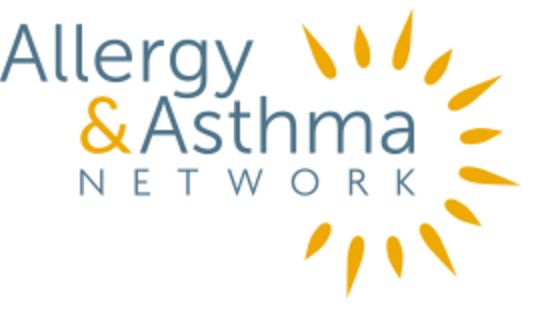Do saline sprays and nasal washes relieve allergy symptoms?
Saline sprays and nasal washes are common natural treatment options to reduce allergy symptoms and provide some relief.
Saline sprays
Saline sprays are saltwater solutions – they do not contain any medication. Available over-the-counter for both adults and children, they flush out irritated nasal passages caused by colds or allergies, or overuse of decongestant nasal sprays.
Think of them as a moisturizer for the nose that can also cleanse the nasal membranes. They may be especially helpful in winter when the air is cold and dry.
Nasal rinses and washes
Nasal washes are helpful for people of all ages who experience congestion and postnasal drip. A solution of saltwater (sodium chloride) and baking soda (sodium bicarbonate) in a rinsing device can help shrink swollen membranes, improve airflow and open sinus passages. Buy premixed solution packets at pharmacies or allergy supply stores – or make your own.
Choose Your Rinsing Device :
- Flexible plastic squeeze bottles (often included in pharmacy kits)
- Bulb or ear syringe (available at most pharmacies)
- Large medical irrigation syringe (30cc)
- Battery-powered sinus irrigator
- Neti pot, which is like a teapot with a long spout
Fill the rinsing device with the saline solution. Stand over the sink or in the shower and squirt the mixture into your left nostril, aiming the stream toward the back of your head, not the top. Don’t inhale. Tilt your head forward, touching your chin to your chest to allow excess solution to drain out of your nose. If it drains into your mouth instead, simply spit it out or hold a washcloth in front of you.
Repeat the process with the right nostril. Continue alternating nostrils several times until you run out of solution. If you notice a mild burning sensation in your nose, add water to your solution to reduce the concentration of salt.
Ideally, the solution squirted into the left nostril will swirl around the back of your nose and come out the right side. Don’t be surprised if nothing flows on the first try. The crusts and/or mucus plugs will soften after a few minutes, so wait a little and give it another go.
If you use a nasal corticosteroid spray, always do the nasal wash before using the spray. The medication works better and reaches deeper into the nose and sinuses when it is sprayed onto clean and decongested nasal membranes.
For children: Put the solution into a small spray container, like a saline spray bottle. Squirt it several times into each nose. The child should not lie down; it’s easier and more comfortable to do when sitting or standing.
© 2021 Allergy and Asthma Network

Last updated : 12/11/2020